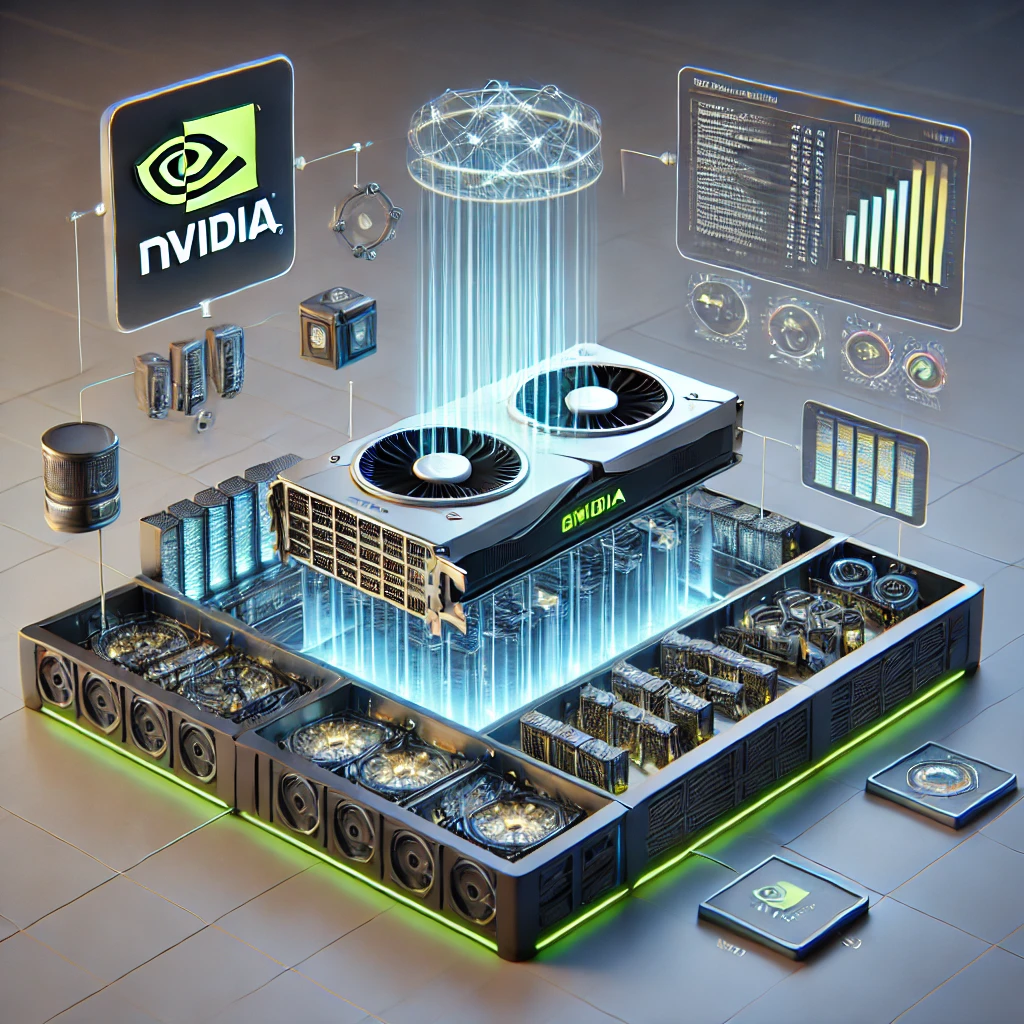
NVIDIA’s Role in the AI Revolution: Shaping the Future of Artificial Intelligence
The artificial intelligence (AI) landscape has undergone a meteoric rise in recent years, and at the heart of this revolution lies NVIDIA. Known initially for its dominance in gaming graphics, NVIDIA has emerged as the cornerstone of modern AI infrastructure. This transformation has been driven by the company’s groundbreaking advancements in hardware, software, and ecosystem development. In this blog, we explore the pivotal role NVIDIA has played in the AI boom, examine the challenges posed by emerging competitors like DeepSeek, and assess NVIDIA’s position in the rapidly evolving AI market.
The Building Blocks of NVIDIA’s AI Dominance
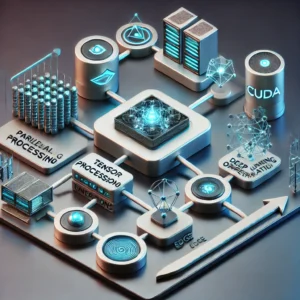
GPU Technology: From Gaming to Deep Learning
NVIDIA’s journey to AI prominence began with its GPUs (Graphics Processing Units). Originally developed for rendering complex graphics in video games, GPUs proved exceptionally well-suited for the parallel processing tasks required in AI and machine learning (ML). Tasks such as matrix multiplications and vector computations, which form the backbone of neural networks, benefit from the massive parallelism of GPUs.
The realization that GPUs could significantly accelerate deep learning sparked their adoption in AI research and applications. Today, NVIDIA GPUs like the A100 and H100 are industry standards for training large-scale AI models, cementing the company’s status as a critical enabler of AI progress.
CUDA Platform: Simplifying AI Development
One of NVIDIA’s most significant contributions to AI is the Compute Unified Device Architecture (CUDA). CUDA is a parallel computing platform and programming interface that enables developers to harness the power of GPUs for general-purpose computing, also known as GPGPU (General-Purpose GPU).
CUDA has streamlined the process of implementing AI algorithms on NVIDIA hardware, accelerating innovation. With widespread adoption among researchers and developers, CUDA has become a cornerstone of AI development, offering unparalleled performance and compatibility.
Deep Learning Software: Enabling Rapid Development
NVIDIA’s commitment to advancing AI extends beyond hardware. The company has developed software libraries such as cuDNN (CUDA Deep Neural Network library) and TensorRT, which are specifically optimized for deep learning tasks. These tools provide pre-tuned implementations of key operations like convolutions and matrix multiplications, enabling faster training and inference of AI models. This focus on software complements NVIDIA’s hardware innovations, creating a comprehensive ecosystem for AI development.
Pioneering New Frontiers in AI
Specialized Hardware for AI
NVIDIA has not stopped at traditional GPUs. The company has developed specialized AI hardware, such as Tensor Cores, which are integrated into its Volta, Turing, and Ampere architectures. Tensor Cores are purpose-built to accelerate deep learning operations, making them indispensable for training and deploying large-scale AI models. NVIDIA’s emphasis on hardware tailored for AI has given it a significant edge in the market.
Expanding into Autonomous Vehicles and Robotics
NVIDIA’s expertise in AI extends beyond traditional computing. The company has made significant inroads into autonomous vehicles and robotics with platforms like NVIDIA DRIVE and NVIDIA Jetson. These platforms provide the computational power and real-time processing capabilities necessary for applications such as self-driving cars and industrial robots. By venturing into these emerging markets, NVIDIA has demonstrated its commitment to pushing the boundaries of AI.
AI Ecosystem and Partnerships
A key factor in NVIDIA’s success is the robust ecosystem it has built around its products. Through partnerships with cloud providers, system integrators, and software vendors, NVIDIA has made it easier for businesses and researchers to access and deploy AI solutions. This ecosystem has facilitated the widespread adoption of AI across industries, solidifying NVIDIA’s position as a leader in the field.
Challenges and Competition: The Emergence of DeepSeek
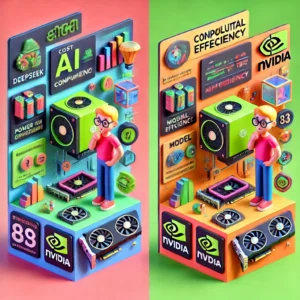
Despite NVIDIA’s dominance, the company faces challenges from emerging players like DeepSeek, a Chinese AI startup. DeepSeek’s innovative approach has raised questions about the future demand for NVIDIA’s high-performance GPUs and the sustainability of its business model. Here’s how DeepSeek is disrupting the market:
Cost-Effective AI Development
DeepSeek’s flagship AI model, DeepSeek-R1, was developed at a fraction of the cost compared to Western AI models. With an investment of just $6 million, DeepSeek has achieved performance comparable to top-tier models like OpenAI’s GPT-4 and Meta’s LLaMA. This cost efficiency challenges the prevailing notion that cutting-edge AI requires massive investments in hardware, a narrative that has driven much of NVIDIA’s growth.
Software Optimization Over Hardware Dependency
Unlike traditional AI development, which relies heavily on high-end GPUs, DeepSeek emphasizes software-driven resource optimization. Techniques like custom communication schemes, memory-saving methods, and reinforcement learning have enabled DeepSeek to achieve high performance without the need for the latest GPUs. This approach threatens to reduce the demand for NVIDIA’s premium hardware.
Open-Source Accessibility
DeepSeek’s decision to make its model open-source has further disrupted the market. By allowing other companies to build upon and improve its model, DeepSeek has accelerated the adoption of cost-effective AI solutions. This poses a competitive threat to NVIDIA’s proprietary ecosystem, including its CUDA platform.
Geopolitical and Regulatory Challenges
NVIDIA is also grappling with geopolitical headwinds. U.S. export restrictions on advanced AI chips to China have limited NVIDIA’s ability to sell its latest GPUs in one of its largest markets. DeepSeek’s success, achieved using older NVIDIA chips, has demonstrated that cutting-edge AI development can still occur without access to NVIDIA’s latest hardware. This undermines the perceived necessity of NVIDIA’s most advanced products.
Navigating a Competitive Landscape
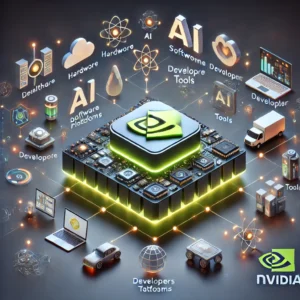
Reinforcing Innovation
To maintain its leadership, NVIDIA must double down on innovation. Continued investment in AI-specific hardware, software libraries, and research will be crucial to staying ahead of competitors. Leveraging emerging technologies like quantum computing and edge AI could also open new avenues for growth.
Diversifying Revenue Streams
NVIDIA’s expansion into autonomous vehicles, robotics, and edge computing offers opportunities to diversify its revenue streams. By focusing on industries beyond traditional AI, NVIDIA can mitigate the risks posed by competition in the GPU market.
Strengthening the Ecosystem
Building on its existing ecosystem, NVIDIA can foster deeper collaborations with cloud providers, academic institutions, and startups. These partnerships can help drive adoption of NVIDIA’s products and ensure its continued relevance in the AI space.
Addressing Geopolitical Challenges
Navigating export restrictions and geopolitical tensions will be critical for NVIDIA’s long-term success. Exploring ways to adapt its business model to these challenges, such as investing in local manufacturing or developing export-friendly products, could help the company sustain its growth.
Conclusion: NVIDIA’s Path Forward in the AI Era
NVIDIA has been instrumental in shaping the AI revolution, thanks to its groundbreaking innovations in hardware, software, and ecosystem development. However, the emergence of competitors like DeepSeek highlights the challenges of maintaining leadership in a rapidly evolving market. To navigate these challenges, NVIDIA must continue to innovate, diversify its offerings, and adapt to changing market dynamics.
As the AI landscape evolves, one thing remains clear: NVIDIA’s contributions have laid the foundation for the future of AI. Whether it’s powering the next breakthrough in machine learning or enabling autonomous technologies, NVIDIA’s impact on the industry will be felt for years to come

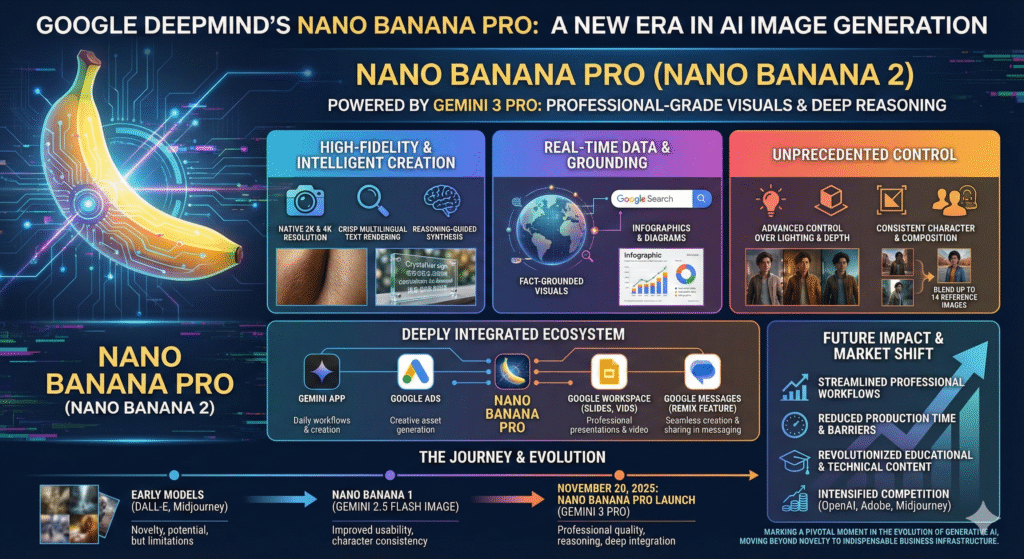





Have you ever thought about adding a little bit more than just your articles?
I mean, what you say is important and everything.
However imagine if you added some great images or video clips
to give your posts more, “pop”! Your content is
excellent but with images and video clips, this blog could undeniably be one of
the best in its niche. Great blog!
Ahaa, its nice conversation regarding this post at this place at this
blog, I have read all that, so at this time me also
commenting at this place.
6anuwm
eiy65u
Thanks for sharing. I read many of your blog posts, cool, your blog is very good.
t21evx
Simply a smiling visitor here to share the love (:, btw great style.
Checked out 1gombong88.org. Seemed alright. You might be into this if you like that sort of thing. Check it out here: 1gombong88
Very efficiently written post. It will be helpful to anybody who utilizes it, as well as me. Keep up the good work – can’r wait to read more posts.
Your point of view caught my eye and was very interesting. Thanks. I have a question for you. https://www.binance.info/pl/register?ref=UM6SMJM3
I really enjoy reading on this web site, it holds wonderful articles.